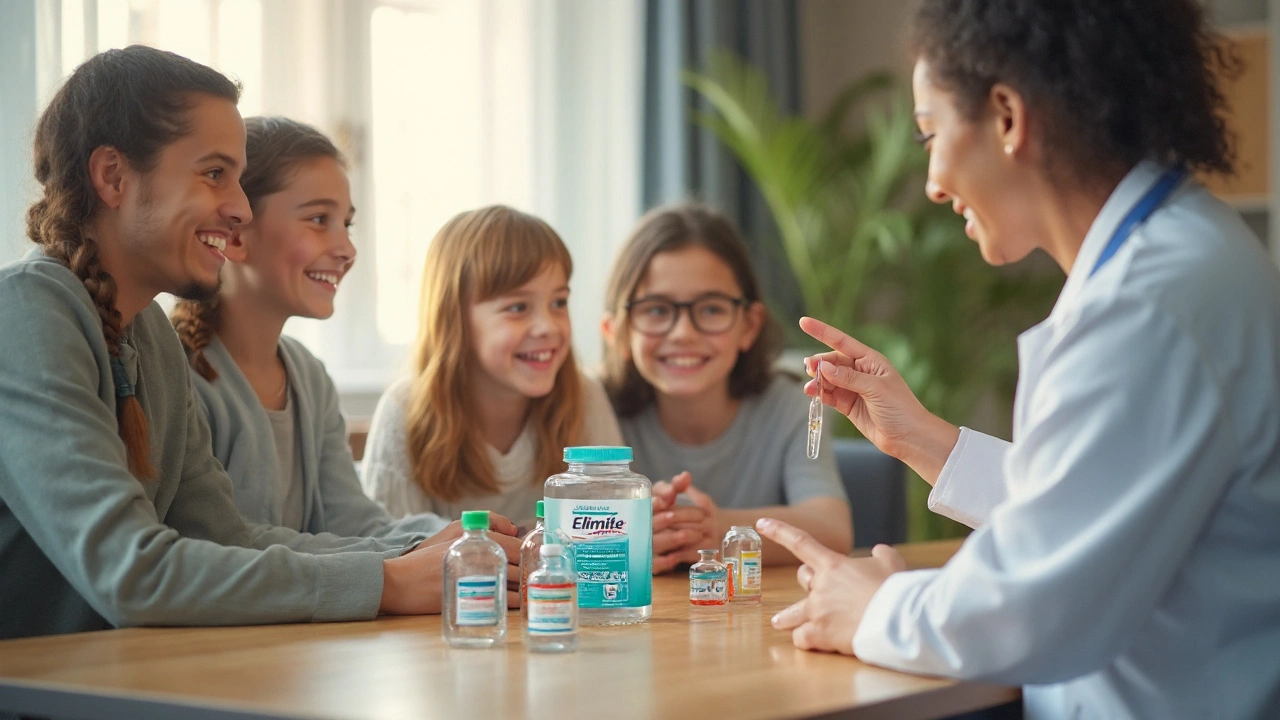Scabies Treatment: What You Need to Know
When tackling Scabies Treatment, the set of steps and medicines used to eradicate the Sarcoptes scabiei mite and relieve symptoms. Also known as scabies therapy, it targets Scabies, a skin infestation caused by a microscopic parasite. Most regimens rely on topical Permethrin 5% cream or oral Ivermectin, both proven to kill the mite within hours. scabies treatment isn’t just about medication; it also includes thorough cleaning and personal hygiene to stop the cycle of reinfestation.
Core Components of an Effective Plan
The first step is accurate identification. Itching that worsens at night and a characteristic rash are strong clues, but a doctor’s skin scraping confirms the diagnosis. Once confirmed, the treatment pathway splits into two main branches: topicals and oral agents. Topical permethrin is applied from neck to toes, left on for eight to fourteen hours, then washed off. Oral ivermectin offers a convenient alternative for large families or those who can’t tolerate creams; it’s taken as a single dose, repeated after one week to catch any newly hatched mites.
After the medication, hygiene steps become critical. All clothing, bedding, and towels used in the previous 72 hours should be machine‑washed in hot water (at least 50 °C) and dried on high heat. Items that can’t be washed—like stuffed toys—should be sealed in plastic bags for a week, which forces the mites to die without a host. Personal hygiene also means showering before applying any topical cream and avoiding skin‑to‑skin contact with untreated household members.
In many cases, secondary bacterial infection follows the intense scratching. If you notice redness, swelling, or pus, a short course of antibiotics may be needed alongside the anti‑scabies regimen. Keeping the skin clean, using mild soaps, and applying soothing moisturizers can reduce breakouts and speed up healing.
Understanding the life cycle of the mite helps explain why a single treatment isn’t always enough. The mite lays eggs that hatch in three to four days, and those larvae become adults within a week. That’s why most guidelines recommend a follow‑up dose of permethrin or ivermectin after seven days—to catch any mites that survived the first round. Skipping this second dose is a common mistake that leads to persistent symptoms.
Finally, education is a powerful tool. Everyone in the household should know the signs of scabies, the importance of completing both doses, and how to manage household cleaning. Schools, dormitories, and nursing homes often need coordinated treatment plans to prevent outbreaks. When the entire environment is informed, the chance of reinfestation drops dramatically.
Below you’ll find a curated selection of articles that dive deeper into each of these aspects—whether you’re looking for step‑by‑step guides on using permethrin, want to compare oral ivermectin with topical options, or need practical tips for cleaning your home. Use them as a roadmap to get rid of the itch for good.
A detailed side‑by‑side comparison of Elimite (permethrin) with other scabies and lice remedies, covering efficacy, safety, dosage, resistance and practical tips.
